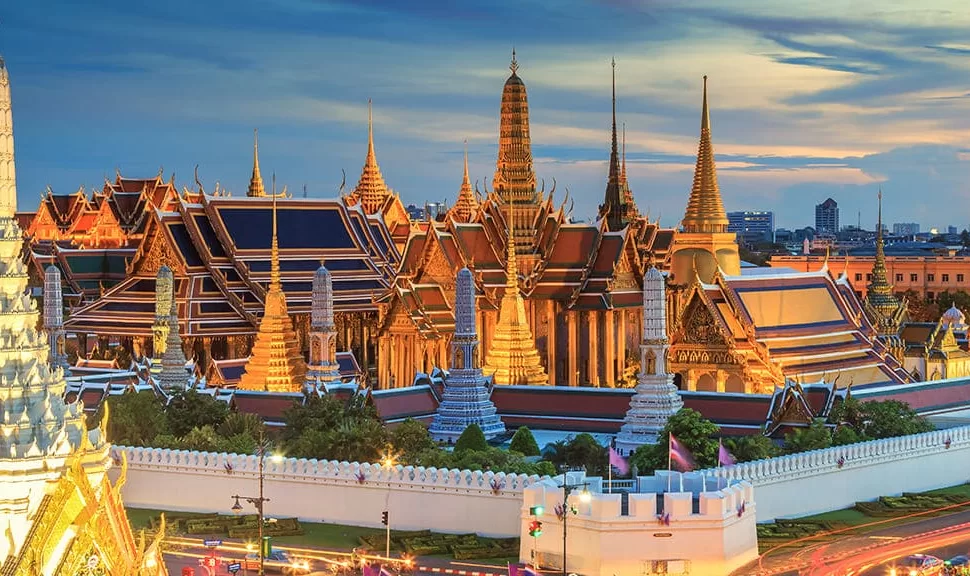Leh Ladakh, located in the northernmost region of India, is a destination that calls out to adventure lovers, nature enthusiasts, and those seeking spiritual solace. With its rugged terrain, vibrant culture, and mesmerizing landscapes, Leh Ladakh is often referred to as the “Land of High Passes” for its towering mountains and scenic passes. A trip to Leh Ladakh is an experience of a lifetime, offering breathtaking views of snow-capped peaks, crystal-clear lakes, ancient monasteries, and vast desert landscapes. Here’s a guide to some of the must-visit sightseeing spots in Leh Ladakh that will make your trip unforgettable.
Pangong Lake: The Blue Wonderland
No trip to Leh Ladakh is complete without visiting Pangong Lake. Situated at an altitude of about 14,000 feet, this stunning lake is famous for its ever-changing hues that range from blue to green, depending on the sunlight. The lake stretches across India and China, and its crystal-clear waters reflect the surrounding snow-capped mountains, creating an otherworldly sight. Visitors can enjoy a peaceful time by the lakeside, take photos, or even camp in the vicinity to experience the night under the starry sky.
Nubra Valley: A Blend of Beauty and Adventure
Nubra Valley is one of the most picturesque destinations in Ladakh, known for its unique combination of desert and mountains. To reach Nubra, you’ll have to cross the Khardung La Pass, one of the highest motorable roads in the world, at an elevation of 18,380 feet. Once in Nubra, you’ll be greeted with vast sand dunes, towering mountains, and the sight of double-humped Bactrian camels roaming the desert. Hemis Shukpachan and Diskit Monastery are key attractions in Nubra Valley. Diskit Monastery, perched atop a hill, offers panoramic views of the valley and is home to a large statue of Maitreya Buddha.
Thiksey Monastery: A Spiritual Sojourn
Ladakh is home to several monasteries, but Thiksey Monastery is one of the most iconic. Located on a hilltop, it is often compared to the Potala Palace in Tibet due to its architecture and stunning backdrop of the surrounding mountains. The monastery is a part of the Gelugpa sect of Tibetan Buddhism and is known for its large statue of Maitreya Buddha, which stands at 15 meters tall. The tranquil atmosphere of the monastery and the breathtaking views from the top make it a must-visit spot on your sightseeing tour.
Leh Palace: A Glimpse into the Past
Overlooking the town of Leh, the Leh Palace is a historical site that dates back to the 17th century. Built by King Sengge Namgyal, this nine-story structure is an example of Tibetan architecture and offers a glimpse into Ladakh’s royal past. The palace provides a stunning panoramic view of Leh, the surrounding mountains, and the Indus Valley. While the palace is partially in ruins, it still exudes a certain charm, making it a great spot for history buffs and photography enthusiasts alike.
Magnetic Hill: The Mysterious Hill
One of the most intriguing spots in Ladakh is Magnetic Hill, located on the Leh-Kargil-Srinagar highway. It is said that vehicles parked in neutral gear on this stretch appear to move uphill due to the magnetic pull of the hill, defying the laws of gravity. While the phenomenon is attributed to an optical illusion, it remains a fascinating experience for travelers. The surrounding scenery, with its stark landscapes and rugged mountains, makes Magnetic Hill an interesting pitstop during your Leh Ladakh trip.
Related Trips



Zanskar Valley: A Remote Paradise
For those seeking adventure and solitude, Zanskar Valley is an unmissable destination. Known for its untouched beauty, Zanskar is often referred to as the ‘hidden gem of Ladakh.’ The valley is home to deep gorges, rushing rivers, and high-altitude villages that remain disconnected from the modern world. You can trek along the famous Chadar Trek in winter, where you walk on the frozen Zanskar River, or visit Padum, the largest town in the valley. Zanskar offers a glimpse into the simple life of the locals and is perfect for those who wish to experience the rugged beauty of Ladakh up close.
Tso Moriri Lake: The Serenity of the Highlands
Located in the Changthang Plateau, Tso Moriri Lake is another stunning high-altitude lake in Ladakh, at an altitude of 15,000 feet. Unlike Pangong, Tso Moriri is relatively less touristy, making it a peaceful retreat for nature lovers. The lake, surrounded by snow-capped mountains, is a haven for birdwatchers, as it attracts migratory birds like the bar-headed goose and the Tibetan goose. The calm, clear waters of the lake, combined with the vast open plains, make it an ideal spot for camping and photography.
Hemis Monastery: A Spiritual and Cultural Icon
Located about 45 kilometers from Leh, Hemis Monastery is one of the largest and most important monasteries in Ladakh. It belongs to the Drukpa Kagyu sect of Tibetan Buddhism and is known for the Hemis Festival, which takes place annually in June or July. The festival is a vibrant celebration of Ladakhi culture, featuring colorful dances, music, and rituals. The monastery itself is perched on a hill and provides a peaceful atmosphere for meditation and reflection.
Related Trips



Leh Ladakh is a place where nature, adventure, and spirituality come together to create a magical experience. From the stunning lakes like Pangong and Tso Moriri to the tranquil monasteries and the rugged beauty of Nubra and Zanskar valleys, the region offers an unparalleled journey. Whether you’re a photographer, an adventurer, or a spiritual seeker, Leh Ladakh will captivate your soul and leave you with memories to cherish for a lifetime.




